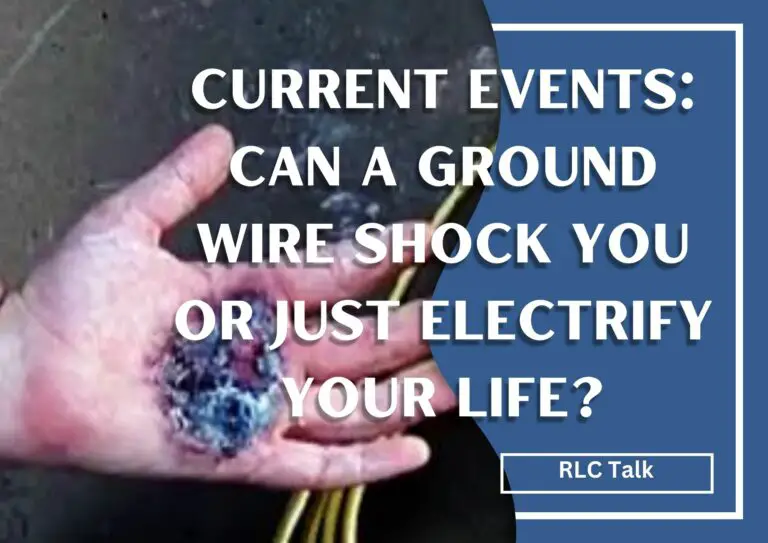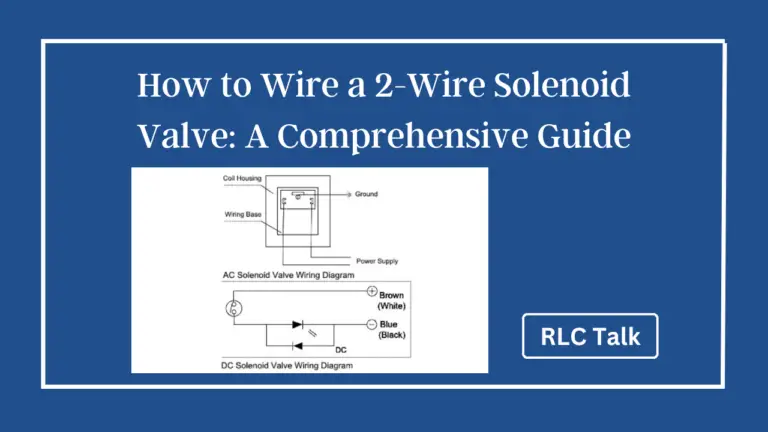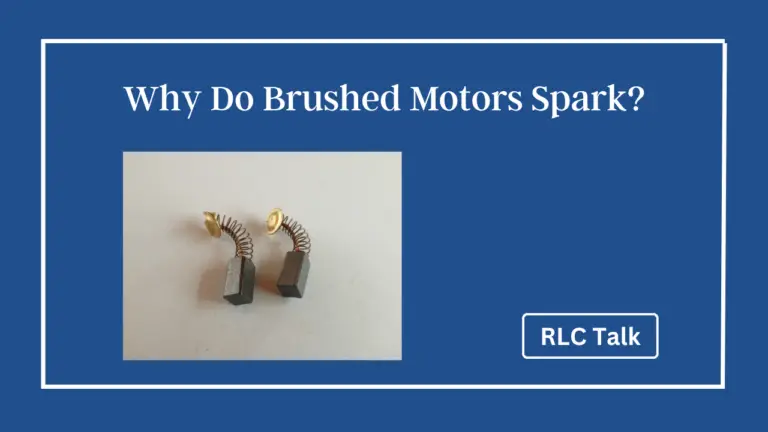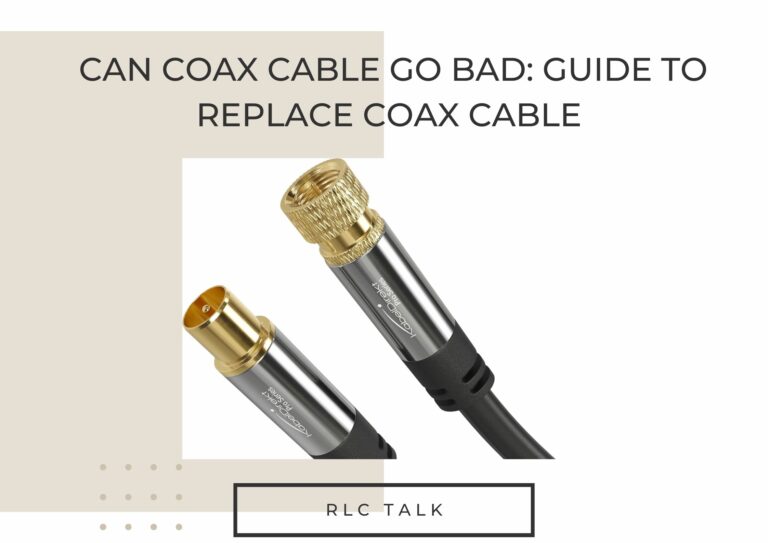Ceramic Vs Electrolytic Capacitor; Must Read
What are the main differences between ceramic and electrolytic capacitors? Ceramic capacitors are made of ceramic material, have low capacitance values, are non-polarized, have high tolerance, low microphonic effect, and are used in high-frequency applications. Electrolytic capacitors are made of metal foil coated with an oxide layer, have high capacitance values, are polarized, have low tolerance, high microphonic effect, and are used in power supply filtering, audio applications, and voltage regulation.
In this article, we will compare both types of capacitors with all the relevant information you need to know. So stick around until the end to find out what you’ve been looking for.
What should you know about ceramic capacitors?

Before we get into the comparison, there are some things that you should know about the ceramic capacitors, and now let’s see what are those things one by one.
Ceramic capacitors are mostly employed in devices with high stability and minimal loss. The capacitance values of these capacitors are steady with regard to the applied voltage, frequency, and temperature thanks to the devices’ extremely precise findings.
Dielectric Material
The dielectric material in ceramic capacitors is typically made of materials like barium titanate, titanium dioxide, or zirconium oxide. These materials have a high dielectric constant, which means they can store a relatively large amount of electrical charge for their size.
Small Size
Ceramic capacitors are often used in electronic devices where space is at a premium. Their small size and high capacitance make them ideal for use in small circuits, such as in cell phones, laptops, and other portable devices.
High-Frequency Applications
Ceramic capacitors are used in high-frequency applications because they can respond quickly to changes in voltage or current. This makes them ideal for use in filters, decoupling circuits, and other applications where high-frequency noise must be suppressed.
Non-Polarized
Unlike some other types of capacitors, such as electrolytic capacitors, ceramic capacitors are non-polarized. This means they can be connected to a circuit in either direction without causing damage or affecting their performance.
Low Capacitance Values
Ceramic capacitors typically have low capacitance values, ranging from a few picofarads to a few microfarads. This makes them ideal for use in circuits where small amounts of capacitance are required.
High Tolerance
Ceramic capacitors have a high tolerance, which means their actual capacitance value may deviate slightly from their rated value. However, this deviation is generally small and is within an acceptable range for most applications.
What are the 2 types of ceramic capacitors?
Ceramic capacitors are a type of electronic component that is often used to store electrical charge in circuits. Ceramic capacitors are classified into two types: class 1 and class 2.
Class 1 ceramic capacitors
Class 1 ceramic capacitors are extremely stable and exact, making them excellent for use in resonant circuits, timing circuits, and filters that demand great accuracy and stability.
They are constructed from materials such as titanium dioxide or ceramic dielectric material with a high permittivity, which aids in their stability. These capacitors have a very low tolerance and a low loss factor, which means they are extremely accurate and do not readily lose energy.
Class 2 ceramic capacitors
Class 2 ceramic capacitors, on the other hand, are constructed of materials with lower permittivity, such as barium titanate or strontium titanate. They have a higher capacitance density and are less costly in general than class 1 capacitors.
They are, however, less exact and reliable than class 1 capacitors. They have a larger tolerance and a higher loss factor, making them suited for low-accuracy applications such as decoupling circuits, coupling circuits, and voltage regulators.
Because of its low cost and high capacitance density, Class 2 ceramic capacitors are widely employed in consumer electronics and automotive applications.
What should you know about Electrolytic capacitors?

Electrolytic capacitors are a type of capacitor that stores electrical charge using an electrolyte as one of its plates. Here are some essential facts about electrolytic capacitors:
Polarity
Electrolytic capacitors are polarized, which means they have both a positive and a negative terminal. Connecting them incorrectly can damage or destroy the capacitor.
Dielectric
Dielectric One of the electrolytic capacitor’s plates is made of an electrolyte. The electrolyte can be a liquid or a paste made of materials such as aluminum oxide or tantalum pentoxide.
The capacitance and other electrical properties of the capacitor are determined by the electrolyte.
Capacitance
Electrolytic capacitors have a much higher capacitance density than ceramic capacitors, allowing them to store more electrical charge in a smaller space. Their capacitance values can range from a few microfarads to thousands of microfarads.
Voltage Rating
The maximum voltage that an electrolytic capacitor can withstand is indicated by its voltage rating. Excessive voltage can damage or destroy the capacitor.
Polarization
Electrolytic capacitors are polarized, which means they have a positive and negative terminal and must be properly connected to function. Positive terminals are typically denoted by a stripe, a “+” symbol, or a longer lead than negative terminals.
Temperature Range
Electrolytic capacitors have a limited temperature range, and exposure to high temperatures can cause them to dry out or leak. It is critical to choose a capacitor with the proper temperature rating for the intended application.
Electrolytic capacitors are commonly used in high capacitance applications such as power supplies, audio equipment, and other high voltage applications.
Electrolytic capacitors are polarized, have a high capacitance density, a voltage rating, a limited temperature range, and are commonly used in high capacitance applications such as power supplies and audio equipment.
Discover the Least Conductive Electrical Materials
rlc talk
Ceramic Vs Electrolytic Capacitor; Full Comparison
A ceramic material serves as the dielectric medium in a ceramic capacitor. A thin layer of metal oxide serves as the dielectric medium inside an electrolytic capacitor. A ceramic capacitor’s equivalent series resistance is minimal.
| Feature | Ceramic Capacitor | Electrolytic Capacitor |
|---|---|---|
| Definition | Capacitor made of ceramic material | Capacitor made of aluminum or tantalum |
| Dielectric Material | Ceramic | Oxide layer on metal foil |
| Microphonic | Low | High |
| Tolerance | High | Low |
| Size | Small | Large |
| Applications | High frequency applications, decoupling, filtering | Power supply filtering, audio applications, voltage regulation |
| Capacitance | Generally low capacitance values (typically less than 1 uF) | Generally high capacitance values (up to several thousand uF) |
| Polarization | Non-polarized | Polarized |
| Voltage Rating | Lower voltage rating (up to 1 kV) | Higher voltage rating (up to 600 V) |
| Cost | Less expensive | More expensive |
- Polarization: Ceramic capacitors are non-polarized, meaning that they can be connected to a circuit in any direction. In contrast, electrolytic capacitors are polarized and must be connected to the circuit with the correct polarity to function properly.
- Voltage Rating: Ceramic capacitors have a lower voltage rating, typically up to 1 kV. Electrolytic capacitors, on the other hand, have a higher voltage rating, typically up to 600 V.
- Cost: Ceramic capacitors are generally less expensive than electrolytic capacitors due to their simpler construction and lower voltage rating. Electrolytic capacitors are more expensive due to their higher capacitance values and higher voltage rating.
What are the important facts when choosing capacitors?
There are several important factors to consider when choosing a capacitor. Here are some of the key factors and their significance:
- Capacitance
The capacitance of a capacitor is a measure of its ability to store electrical charge. It is measured in farads (F) and determines how much charge the capacitor can store.
The capacitance value needed for a particular application depends on the specific requirements of the circuit.
- Voltage Rating
The voltage rating of a capacitor is the maximum voltage it can withstand without breaking down. Choosing a capacitor with a voltage rating that is too low can lead to catastrophic failure and potential damage to the circuit.
- Tolerance
The tolerance of a capacitor is a measure of how closely its actual capacitance value matches its rated value. A high tolerance means the actual value can deviate significantly from the rated value, which can affect the performance of the circuit.
- ESR (Equivalent Series Resistance)
ESR is a measure of the resistance of the capacitor’s internal components. A high ESR can cause the capacitor to heat up, reducing its performance and potentially shortening its lifespan.
- Temperature Coefficient
The temperature coefficient of a capacitor is a measure of how much its capacitance value changes with temperature. Capacitors with a high temperature coefficient can be less reliable in high-temperature environments.
- Size and Form Factor
The physical size and form factor of a capacitor can be important factors to consider, especially in applications where space is at a premium. It is important to choose a capacitor that will fit within the available space and can be mounted in the desired location.
Is GND Positive Or Negative | Learn All About Grounding In Electronics
rlc talk







